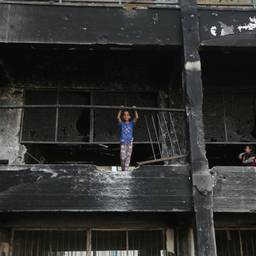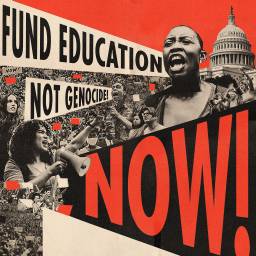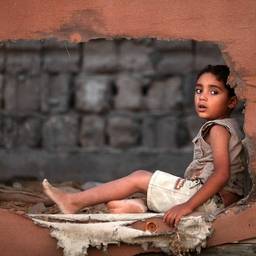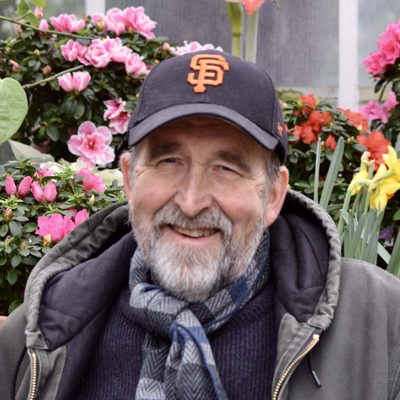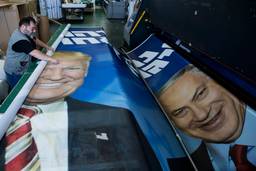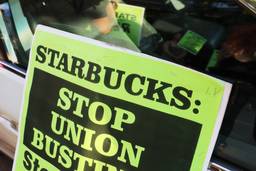School Curriculum Supports the Genocide. Here’s How Teachers Can Push Back.
Bill Bigelow
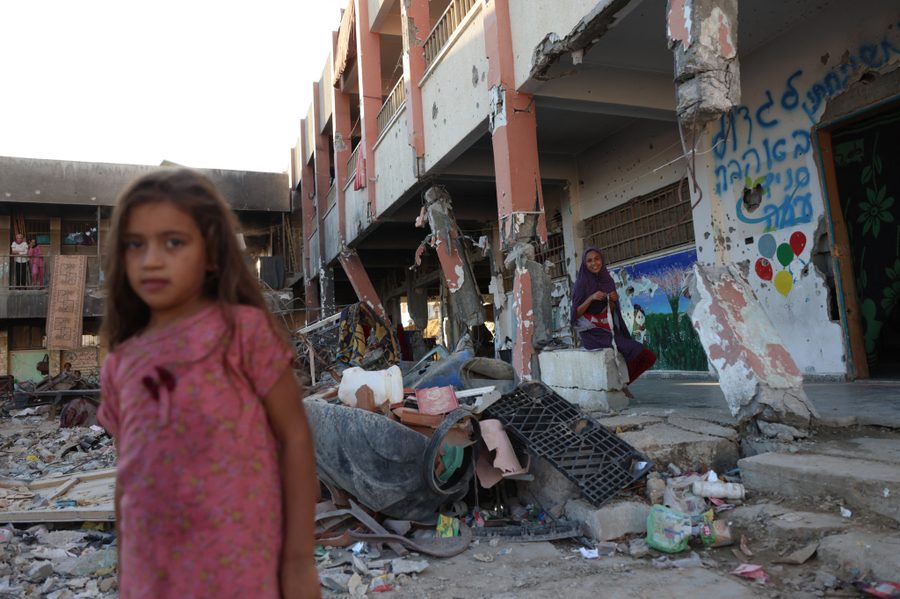
Scholasticide.
It’s a term coined in 2009, but has taken on new power as the devastation of Gazan schools, universities, and libraries becomes almost total. As Rice University Professor Abdel Razzaq Takriti of Scholars Against the War on Palestine said about the Israeli assault: “They’re demolishing universities and schools intentionally. They bombarded and destroyed every single university. They’re using schools as barracks and military stations.”
But another facet of scholasticide can be found in our own schools in the United States — erasing Palestinian lives and hiding the history of Palestine-Israel from young people.
In the forthcoming book from Rethinking Schools, Teaching Palestine: Lessons, Stories, Voices, Palestinian American educator Nina Shoman-Dajani writes: “Of the hundreds of assignments my children have brought home from school over the years, not one of them has referred to Palestine.”
In a review of children’s literature on Palestine, in the book, Nadine Foty, Palestinian-Egyptian-American early childhood educator, writes: “As a child, I remember feeling like I didn’t belong because I could never walk over to a map in my classrooms and see my father’s home, Palestine. When I asked, I was met by responses that Palestine didn’t exist.”
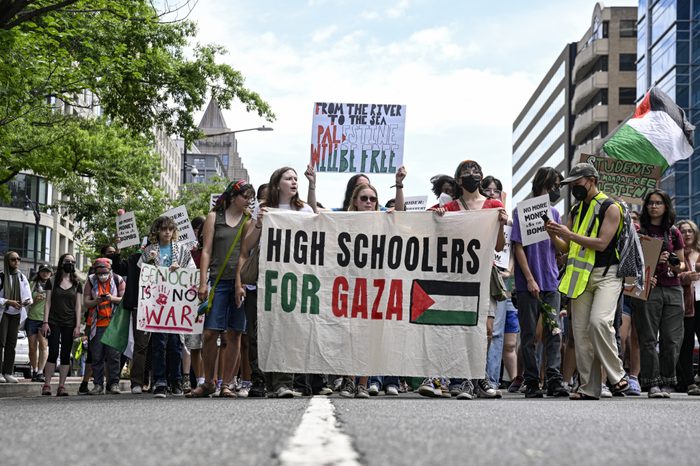
The curricular silence that turns Palestinians invisible impoverishes all young people. Instead of the knowledge they need to make sense of how Palestine became Israel and how Israel continues to wage war on Palestinians, they get nothing. Or worse.
Widely adopted corporate textbooks feed students pernicious myth after myth. Glencoe’s World History, for example, begins its section “The Question of Palestine” not with Palestinians, but with Jewish immigrants: “In the years between the two world wars, many Jews had immigrated to Palestine, believing this area to be their promised land.” The entire section simply tells Israel’s origin story as Israeli propagandists would tell it.
About Israel’s founding, Holt McDougal’s Modern World History lectures young people: “The new nation of Israel got a hostile greeting from its neighbors.” The first “Critical Thinking” question in the teacher’s edition asks: “What prevented the establishment of the Arab state in 1948?”
The sole possible answer the book offers: “Palestinian Arabs rejected the partition plan.” (That partition plan was seen by many as a temporary inconvenience, including Israel’s first Prime Minister, David Ben-Gurion, who wrote partition was “not the end but the beginning.”)
The good news is that more and more teachers around the country are breaking through the mainstream curriculum’s silences and lies.
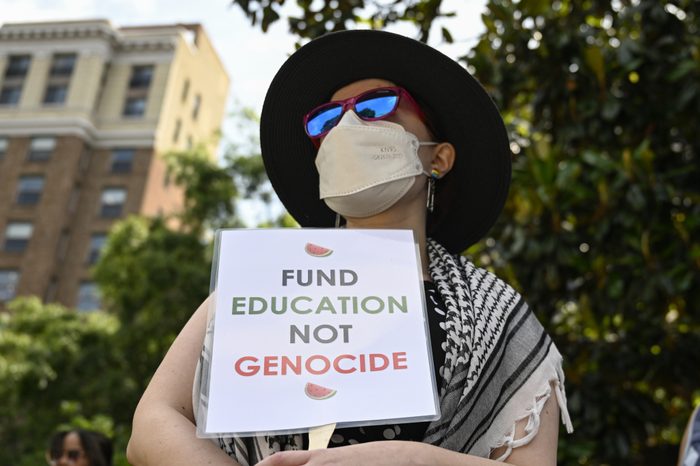
Teaching Palestine collects stories of imaginative teaching from across the country: a simulation that introduces students to Israel’s apartheid system of fragmentation and domination; a critical thinking activity with students evaluating Palestinian narratives on the 1948 Nakba (the Catastrophe), alongside Zionist narratives that fill our textbooks; an historical dive into U.S. policy choices toward Israel from the 1956 Suez Canal Crisis through Hamas’s rise to elected power in Gaza in 2006; a role play activity on the ”seeds of violence” in Palestine-Israel that transports students to Palestine in the Ottoman era and the early years of Zionist immigration and ethnic nation-building alongside Palestinian dispossession; an elementary lesson that uses Malak Matar’s poignant children’s book Sitti’s Bird: A Gaza Story.
But attempts to silence critical teaching around Palestine-Israel have at times been ferocious. And it requires courage for teachers to confront this repression.
Some instances feel absurd. In Portland, Oregon, in response to student work on Palestine posted on the walls of a public school last spring, the school district recently instituted a new administrative directive. Now, teachers may display art or posters that might “stimulate and illustrate” an area of study, but if these are visible from a “common area” like the hallway, they must have prior approval from the building administrator. This fall, school officials tore down — literally — a teacher’s “Stop the Genocide” posters. In a meeting, administrators said that “Stop Genocide” would be permissible, but inserting “the” rendered this unacceptably partisan.
In an article included in Teaching Palestine, the young adult novelist Nora Lester Murad describes how the Anti-Defamation League (ADL) bullies teachers and students by pushing — and weaponizing — the International Holocaust Remembrance Alliance’s (IHRA) working definition of antisemitism, which conflates Palestinian perspectives with antisemitism.
In Philadelphia, students of the award-winning high school teacher Keziah Ridgeway made a podcast comparing the art of Palestinians with the art of enslaved people. In response, groups there including the School District of Philadelphia Jewish Family Association labeled Ridgeway’s work with students “antisemitic and dangerous.”
Amplifying the Jewish Family Association’s complaints against Ridgeway and other teachers, ADL later submitted a Title VI complaint against the school district. As Murad notes, in the complaint, “the ADL advocates for the ‘suspension and expulsion’ of students and the ‘suspension and termination’ of teachers, who under the IHRA definition … have engaged in ‘discriminatory conduct’ for being publicly critical of Zionism.”
As we reported in the spring 2024 Rethinking Schools magazine, four teachers in Montgomery County, Maryland, were placed on administrative leave for public expressions of support for Palestinians. A charter school in Los Angeles fired two 1st-grade teachers and placed their principal on leave after one teacher posted on Instagram that they had taught a “lesson on the genocide in Palestine.” The Decatur, Georgia, school district disciplined their equity coordinator for sharing “Resources for Learning & Actions to Support Gaza.”
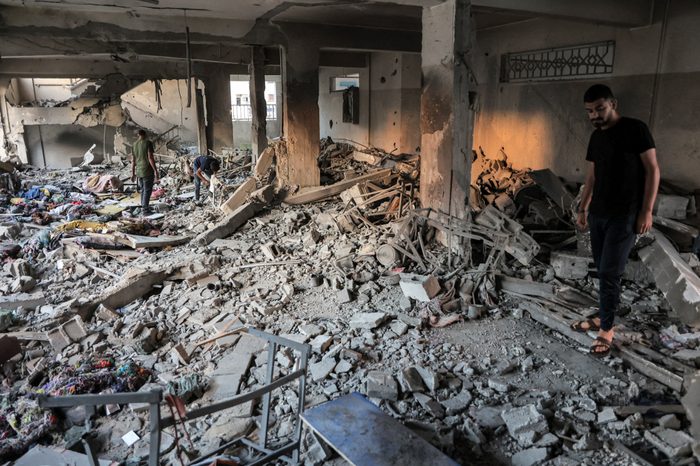
A recent Jewish Federation of Greater Portland parent advocacy training I attended, told parents, “You are our eyes and ears” — “Record everything. Every single word.” One presenter told the story of a group of parents confronting a principal about a teacher who showed “one-sided” CNN videos. “We demanded that some action be taken. And this teacher — I can tell you, this year, that teacher does not teach at that school.”
Pro-Israel efforts to repress critical teaching about the history of Zionism and Palestine echo the country’s ferocious right-wing attacks on anti-racist, social justice curricula. As Jesse Hagopian points out in his forthcoming book Teach Truth: The Struggle for Antiracist Education, almost half of public school children in the United States live in states that restrict teaching about race and racism.
Educators of conscience need allies who can support their efforts to build a curriculum that centers Palestinian perspectives. This is not the work of educators alone. They need parents, community members, social justice organizations, and solidarity activists to demand a school curriculum of fearless curiosity — one that looks forthrightly at the history of Zionism and Palestinian struggles for justice.
Palestine has been the site of invasion, colonialism, ethnic cleansing, and war. But also of resilience, of hope. Let’s help teachers introduce young people to the critical stories they need to make sense of the world — and to change it.
Bill Bigelow (bill@rethinkingschools.org) is the curriculum editor of Rethinking Schools. He is editor of the forthcoming Teaching Palestine: Lessons, Stories, Voices, along with Jesse Hagopian, Suzanna Kassouf, Adam Sanchez and Samia Shoman.
